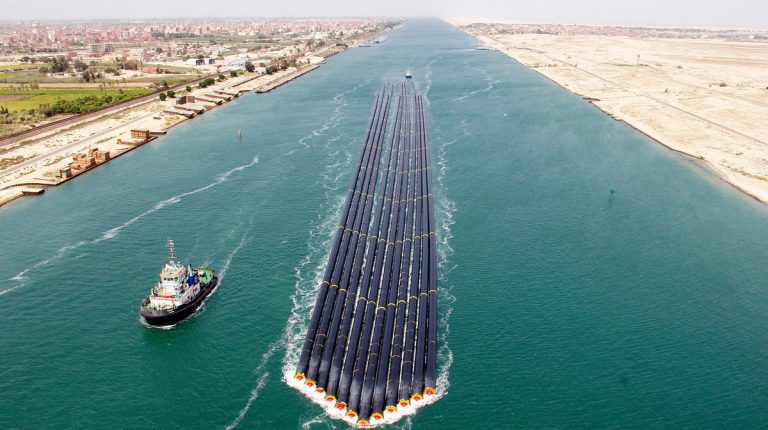“The market corrects itself by itself”—a repeated argument between traders in the Egyptian Exchange (EGX) which is experiencing a difficult time. The argument aims to stress the importance of making a breakthrough in the dark tunnel that had been dominating the market over the past five years. The EGX has already responded to the correction movement after the Egyptian pound’s flotation and registered new high records approaching 13,000 points.
This new, open horizon for new initial public offerings (IPO) in the EGX reminds of the activity of IPOs between 2005 and 2008, thanks to market recovery. But this time, the recovery of the EGX is accompanied by exceptional economic challenges that create difficulties for IPOs in 2017.
Executive managers at securities brokerage firms specified four major challenges facing the anticipated boom in the activity of IPOs during 2017. The four challenges are related to IPOs coverage opportunities.
Mohamed Fathallah, managing director of El Tawfik, said that the pound’s flotation opened the way for companies to attract a segment of foreign investors to enter the market, especially with the breakthrough in foreign investors ‘ overdue profits transfer crisis.
He added that the EGX relies on the government’s IPOs programme activation to attract investors and enhance the exhange’s recovery and liquidity; however, IPOs are still facing challenges.
Minister of Investment Dalia Khorshid announced on 8 January the government’s intention to launch ENPPI Company and part of AMOC’s shares in the EGX, as part of the IPOs programme that targets to collect $5-10bn over many years.
Fathallah believes that the pound’s flotation led to drastic financial and operational developments in companies both in terms of raw material costs or salaries increase. In terms of the Egyptian pound’s exchange price, the vision is not clear, which indicates that the financial performance of companies may change from time to time. This forces investors to think carefully and to develop different scenarios for company’s situation at the time of the IPO.
This operational and financial confusion created another challenge threatening companies’ decision regarding the offering, especially as subjection to merger or acquisition of foreign companies has become a possible matter in light of very attractive evaluations of Egyptian companies from the view of foreign investors.
This brings acquisitions and mergers as an alternative to IPOs on the EGX to provide funding and face challenges of high costs.
Head of investment banking at CI Capital Hesham Gohar, who recently managed the promotion of offering a portion of Obourland for food industries, said that foreign investors see the EGX as one of the top emerging markets due to the flotation of the pound. On the other hand, the flotation led to a decline in IPOs.
He added that the decline of the offerings ranging between $5-40m coincides with the desire of a large number of companies to offer stocks in the market. It means that large institutions will not be involved in small offerings. It also forces investors to carefully compare between the companies to determine the most stable company in obtaining profits in light of the pound exchange situation.
Meanwhile, policies of investment institutions have set a minimum size of the offerings. For example, some companies require a minimum offering of not less than $100m, equivalent to about EGP 1.8bn.
Adel Abdel Fattah, chairperson of Egyptian Arabian Cmar Securities Brokerage, did not deny the existence of challenges facing the EGX, despite the implementation of three offerings, including Domty, Obourland, and Cleopatra hospital.
He pointed out that the EGX has achieved high returns since last November, adding that the continued high interest rate at banks, amounting to 20%, would push investors to offer their shares on the EGX to secure the required funds for their operations.
He stated that the decline of the Egyptian pound against the US dollar may cause a decline in profit margins in many companies. Therefore, investors would compare between investment certificates that offer a guaranteed rate of return and low risks, and the stocks whose prices are likely to increase. On the other hand, the companies also face a challenge to avoid the negative effects of higher costs on their profit margins.




